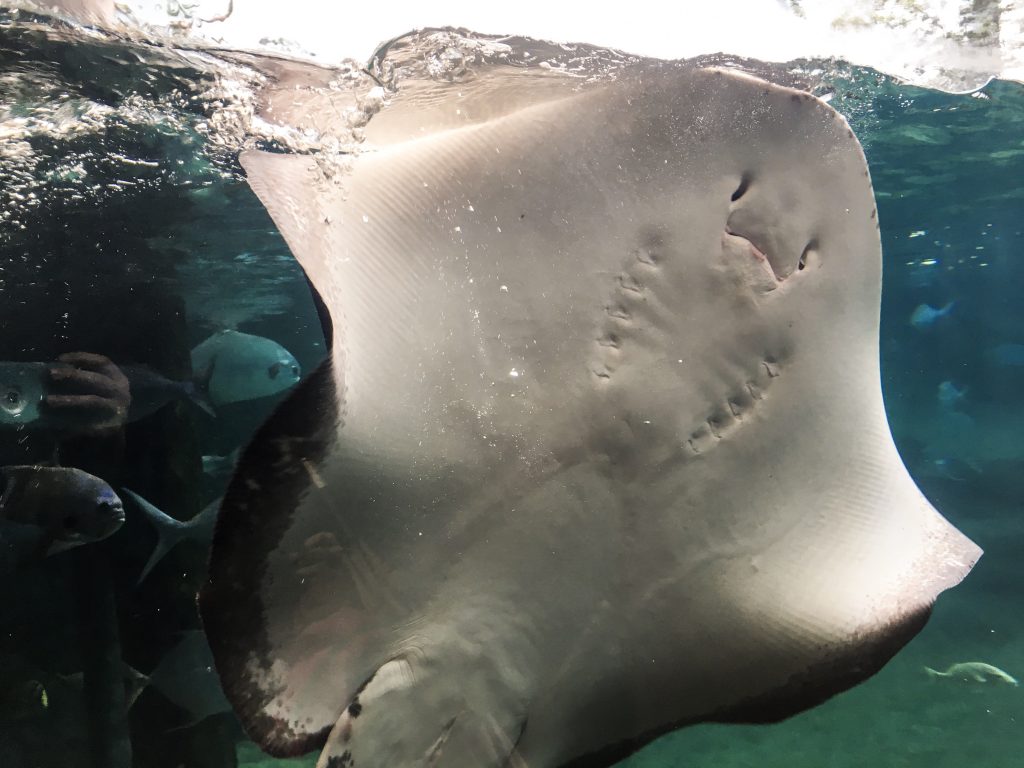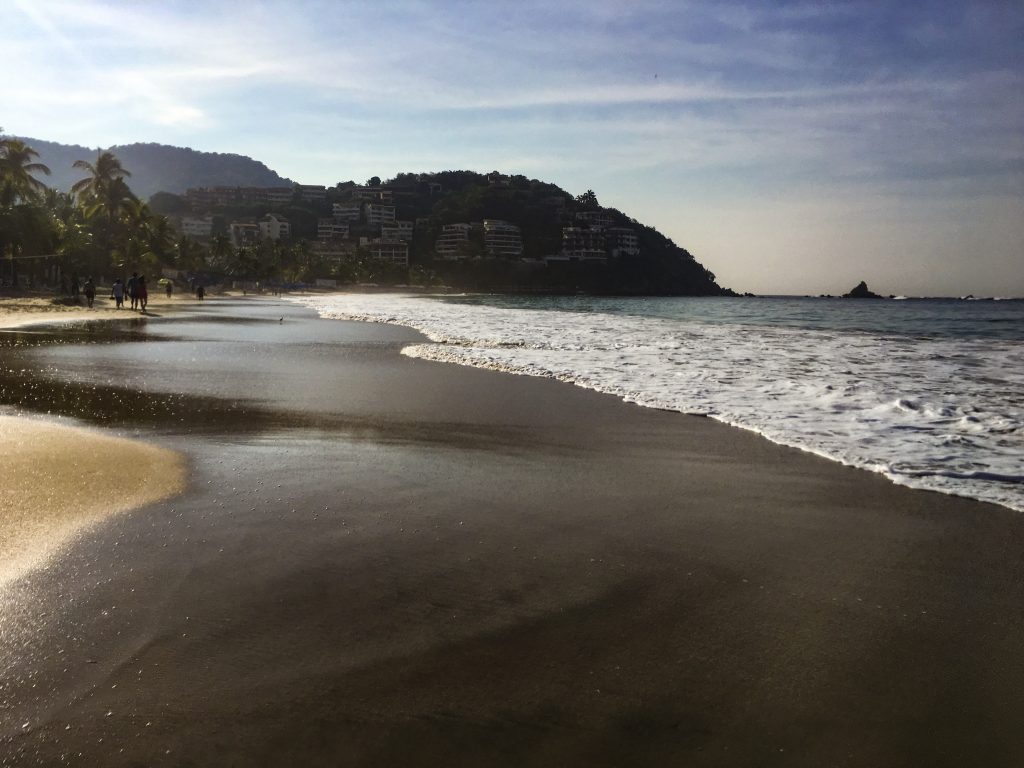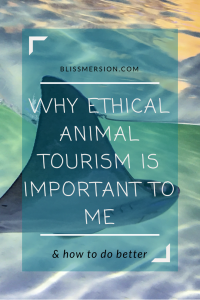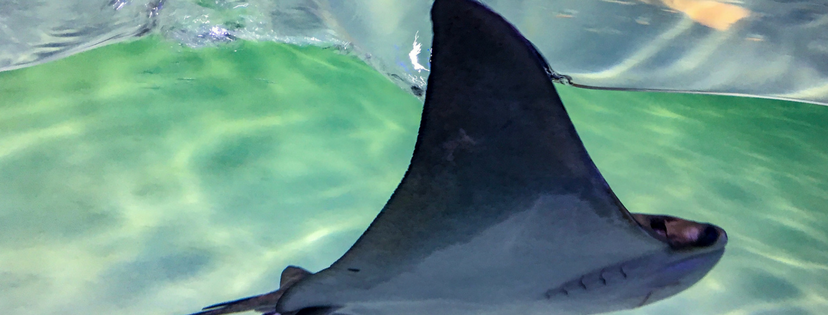Last Updated on January 25, 2018 by Natalie
I’ve spent some time researching all these animal tourism experiences that sound wonderful. I want to do them all! However, I’ve come across the truth of many of them. Most touristy activities that involve captive animals also include horrific animal abuses at worst and neglect at the best. Spending my tourism dollars on ethical animal tourism is important to me. In fact, it is one way we can all make a huge difference.
What is ethical animal tourism?
Ethical animal tourism means animals are treated well and are preferably not kept in captivity. They aren’t abused or otherwise coerced into performing for humans. It only takes a quick online search to find answers to all of our burning questions. Around the world, ethical options are popping up all over the place. Money speaks all over the world.
Disclaimer
This post contains affiliate links. If you click them and make a purchase, I’ll receive a small commission at no additional cost to you. These payments help reduce costs of running this site. I appreciate you visiting today!

Some Sad Facts
Animals are exploited all over the world for tourism purposes. I discovered the hard way that I made a mistake when I went diving with stingrays, so now I try to always research the things I want to do before doing them.
In my research, I’ve discovered that it’s important to avoid anything that includes “swimming with captive animals,” such as dolphins. In order to perform, the dolphins are underfed. They are also likely taken from their pods quite violently. It’s possible the rest of the pod was killed, too.
These “swim with” options aren’t limited to dolphins. Please be aware of potential animal abuses before spending your hard-earned tourist dollars on such things.
It’s better for the conscience to research an ethical option than to live with supporting abuse.
Ethics regarding baby sea turtles
Baby sea turtles are regularly at the resort in Ixtapa, Mexico. I was excited! I watched without knowing if it was a good or bad experience for the baby turtles.
Since many resorts in Mexico release baby turtles, I came home and researched if this was ethical/sustainable. If they offer minimal handling of the turtle babies and use gloves while handling, than I believe they are being ethical (your mileage may vary). Thankfully, I noticed the handler wearing gloves and not allowing the tourists any contact.
In fact, one article I read applauded sea turtle tourism with helping out all turtle species. In towns that used to kill turtle for their meat and shells, protection of turtle nests and releasing the babies has rebounded their financial and economic security with tourism dollars.
More Ways to Help
Another thing you can do to support turtle conservation is to avoid buying anything that include turtle shells in the design, such as tortoise shell combs. If the vendor has turtle shell items in his or her inventory, tell them you won’t be supporting them and exactly why.
Additionally, you’ll see all kinds of animal products. I saw frog purses being sold in Xilitla, Mexico. All over the world, there will be things like this, made out of various creatures. Your support or lack thereof will directly affect whether or not vendors will keep carrying such things.
In the case of turtles, many of the turtle shell items are made from the shells of leatherback turtles. Leatherbacks are listed as vulnerable.

Where there is water, there is a lot of potential to find questionable marine animal tourism practices.
How to do Better
Regarding turtles, look for companies who use gloves when handling the baby turtles and use a minimum of human interaction. If you want to swim with animals, look for a company who takes you to the ocean but offers no guarantee that you will see the animal you are hoping to with which to swim (I’ll be delving more into the ethics of swimming with wild animals in a future post).
Do not use the company if they offer photos of humans kissing, holding, or hugging the animals. Please also avoid companies who use treats to attract marine creatures. For example, when I was diving with stingrays, the gave each pair of divers squid to attract the stingrays. It isn’t a best practice. Squid isn’t part of a normal diet for stingrays and feeding them attracts too many to a small area.
Why is this important to me?
Animals are suffering all over the world, being forced to perform in various capacities. It makes my heart hurt. They could be in constant pain throughout their lives at worst or neglected by not having enough to eat at best. I do not want to support animal abuses in this way if I can avoid it. In the age of the internet, I can avoid it. Even though there are things I want to do, like swim with the dolphins, I’d feel horrible if I’d supported the abuses suffered in captivity because I didn’t research it first.
Wild Creature Encounters
As a scuba diver, I know that watching marine creatures in their natural habitats is far more rewarding than being “kissed” by a stingray. Even snorkeling brings a lot of relaxing observations about marine life that is far more fulfilling than a faked animal encounter that leaves a dirty taste in your mouth.
Where have you found the best ethical animal tourism experiences? Have you ever regretted a manufactured animal encounter after the fact?


